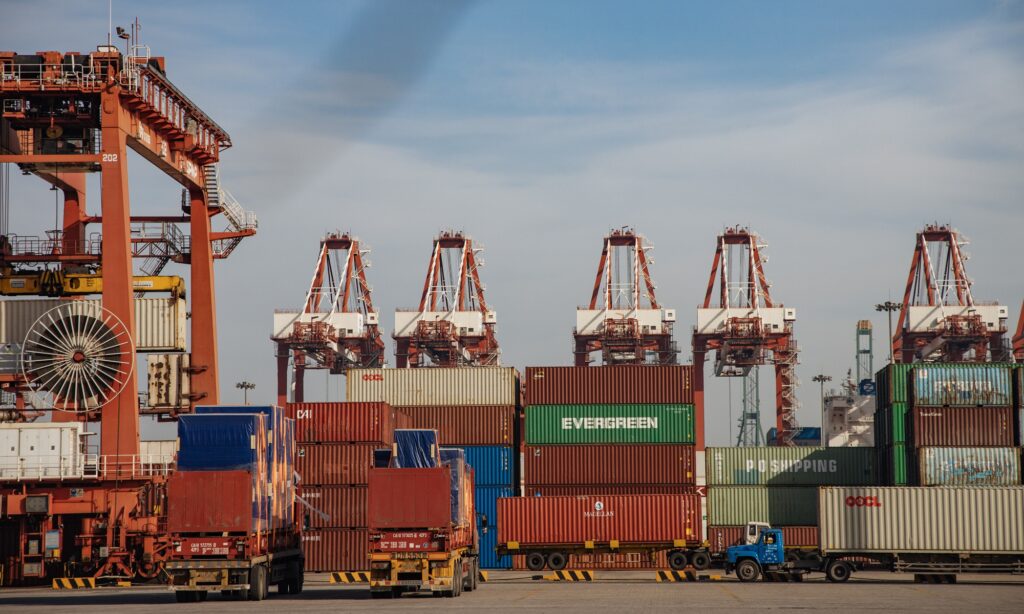Ocean-bound container rates have eased for two consecutive weeks after the Chinese government stepped up efforts to stabilize the market, and insiders from the logistics and trading industries expect a decline in the next week.
The Shanghai (Export) Containerized Freight Index closed at 2,861.69 on Friday, easing 0.3 percent from the previous week, according to a report by the Shanghai Shipping Exchange on Saturday.
Although the reading declined for two consecutive weeks, it was almost triple that of the year-earlier period, indicating the imbalance of China’s strong export demand and disruptions to the movement of containers due to the COVID-19 outbreak.
The Ministry of Commerce has pledged to increase the supply of containers and promote the operations of international logistics.
On Friday, more than 6,100 empty containers reportedly arrived in Ningbo, East China’s Zhejiang Province, a development that observers hope will temporarily ease the demand for containers, which has been pushed up by increasing export orders as the country’s economy rebounds.
But it may take time for these containers to ease pressure on the market, an employee at a Shanghai-based international logistics enterprise told the Global Times on Sunday.
“International sea shipping rates remain high. There should be more containers available next week and rates are expected to drop slightly as a result. But demand is still surging, and bookings can’t be made until the end of February,” said the person, who declined to be identified.
Wilson, who works for a Shanghai-based import and export agency, told the Global Times that the additional containers had not shifted conditions or rates in the industry.
“The main problem is that there is more export demand for shipping than import demand. Chinese ports are turning containers around quickly but they’re coming back slowly from foreign ports. It also can’t be ruled out that shipping lines are deliberately slowing down the return speed, which would drive up market prices,” he said.
In terms of routes, the average utilization rate of shipping space from Shanghai to Europe and the US was close to full load last week.
The rate from Shanghai to Europe fell 2.7 percent week-on-week last week to $4,276 per 20-foot equivalent unit, while the rate to North America was still high, due to congestion and low container turnover rates at US ports caused by the epidemic, according to the Shanghai Shipping Exchange.
Trucks and containers drive through a port in Tianjin on Wednesday. After new cases of COVID-19 were confirmed in the cold-chain food logistics industry, Tianjin has tightened its COVID-19 control measures and strengthened customs inspections. Photo: Li Hao/GT




